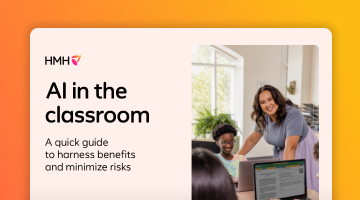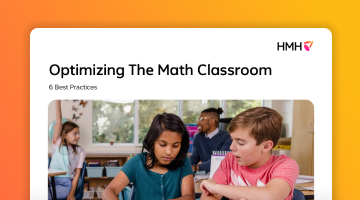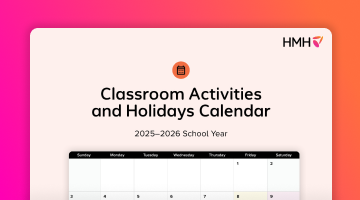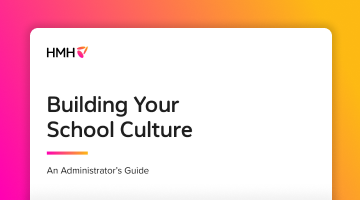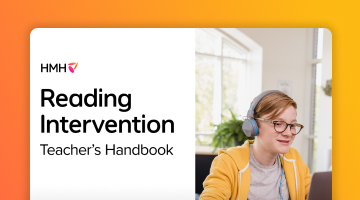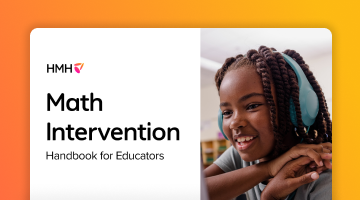-
Core Curriculum
Notice for Current HMH Phonics Inventory Customers
HMH Phonics Inventory has been retired and will no longer be available for purchase. HMH will continue to support current customers through June 2024. At that time, HMH will no longer sell new HMH Phonics Inventory licenses. All one-year HMH Phonics Inventory licenses purchased in 2021 will be prorated to expire on July 31, 2024.
Access FAQs regarding the HMH Phonics Inventory retirement and transition here.
Explore HMH Assessment
We know success doesn’t come from one solution, but from a network of support. When educators select a program from HMH, it’s the start of a relationship that bolsters instruction and helps raise student achievement.

HMH Assessment
HMH Assessments provide educators with actionable data to drive student success. And with key MAP® Growth™ data available on Ed, the HMH learning platform, there's never been a better time to explore HMH's assessment options.

